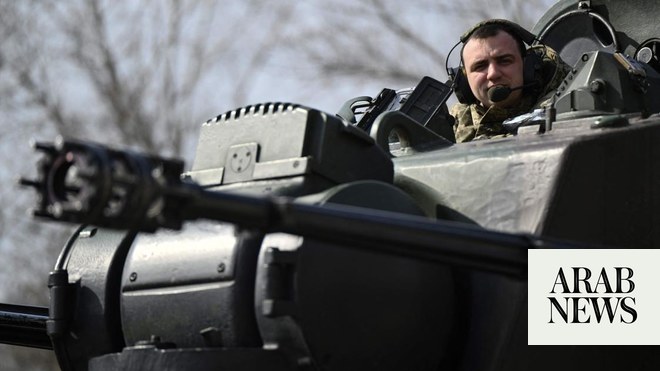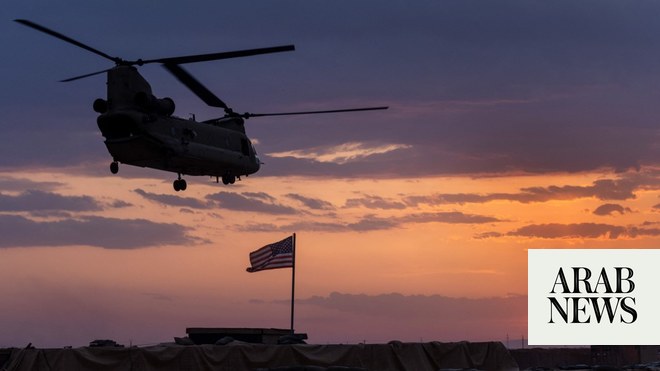
Iran is facing internal challenges thanks to the emergence of widespread demonstrations calling for regime change. Despite this, there have been no indications that the regime’s desire for foreign interventions, including in Syria, has declined. The Iranian militias in Syria have already faced regular airstrikes by Israel, which hopes to prevent the formation of a stable Iranian entity there.
Despite all these pressures, Iran retains great influence over the Syrian regime and continues its penetration into Syria on several economic and social levels, in addition to its military and political maneuvers.
Although Syria has entered a state of military de-escalation, Iran’s militias continue their movements and have increased their number of local affiliates, as if there is a war going on in vain.
The missing link that obstructs Iran’s desire to secure the line of communication from Tehran through Syria to Beirut is eastern Syria, as that region is under the influence of the US and its allies from the Syrian Democratic Forces, which has a Kurdish majority.
Over the years, Iran has worked to penetrate eastern Syria, buy loyalties there and get close to some Arab clans that previously had links with the Assad regime. It mobilized their youths and included them in Iranian and Iraqi militias as they sought to ensure an ability to move from Iraq to central Syria.
Iran played on the racial tensions between Arabs and Kurds and the inability of the SDF to attract the Arabs in that region. According to local sources, the Arab tribes to the east of the Euphrates did not feel welcome enough to play a partner role for the SDF, so the Iranian militias took advantage.
An informed source has assured me that Iran is trying hard to attract the Arab tribes in that area, but it has not achieved its aims. Iran’s current focus in eastern Syria is limited to the areas controlled by the Syrian regime. These areas are being used to form auxiliary militias tasked with obstructing the work of the SDF and the international coalition.
Iran is exploiting the Syrian regime’s lack of control in the east of the country to impose a de facto authority, pumping in money and attracting young people to its ranks, especially since the region is suffering economically.
It seems that, while Iran is expanding its presence, Daesh is also reforming its ranks in regime controlled-areas due to its weak capabilities. Just last week, US forces carried out a helicopter raid on a government-controlled village in northeastern Syria. It was a strike that targeted and killed Rakan Waheed Al-Shammari, a Daesh official, who the US said was facilitating the smuggling of weapons and fighters.US military operations in regime-controlled areas are rare events, so this raid shows the extent of Damascus’s weakness, which has allowed for the recovery of Iran and Daesh in the east of the country.
Such incidents confirm that Iran will not withdraw its forces. It wants to invest more in its militias, change the demographic situation and extend its influence and control.
Eastern Syria is important to the Iranian militias due to considerations relating to drug smuggling into Iraq and the areas under the control of both the SDF and Turkey. Narcotics are smuggled from Iranian militia-controlled areas in Deir Ezzor Governorate to the areas of influence of the SDF through crossings of the Euphrates. The militias then sell the drugs to local dealers in areas under the influence of the SDF and Turkey.
Iran is keen to use the Syrian desert due to its strategic importance, as it links the east of the country to the west. The areas of influence of the Iranian militias in Homs Governorate and its desert areas in particular have witnessed intense military movements, as reinforcements for the Lebanese Hezbollah militia arrived in the town of Mahin in the countryside southeast of Homs.
The militias transferred quantities of weapons and missiles from their headquarters in the Homs countryside to the village of Khattab, near Hama, in anticipation of being targeted by Israel, with weapons being transferred to fortified places near the village.
The Afghan Fatemiyoun Brigade militia has also transferred a number of drones from several locations around the ancient city of Palmyra to the Palmyra military airbase, east of Homs.
Military reinforcements for these militias arrived from Deir Ezzor to the desert east of Homs on Sept. 19. Members of the Fatemiyoun Brigade and Hezbollah arrived and were stationed in an area between the village of Ark and the Ark gas field, about 35 km from the city of Palmyra, near the Palmyra-Deir Ezzor highway, in order to protect the gas field from possible attacks.
Iranian militias continue this intensive movement in eastern and central Syria to keep the region in a state of security turmoil, impeding any development or job opportunities and making the youth there face the choice of either starving or joining the ranks of these militias.
Most importantly, these militias remain on high alert for the transfer of weapons and ammunition from Tehran through Iraq and Syria, with the aim of ensuring their smooth transfer to Hezbollah.
It appears that Iran’s desire is for the countries under its control to remain in a permanent state of war so that it can keep them under control. This is why the Syrian regime has proved incapable of providing reassurances to Arab countries, even those that had opened up to Damascus in the hope of reducing Iran’s influence.
It seems that the opposite has happened. Iran has continued to penetrate Syria and the Damascus regime shrank and failed to fulfill its promises. This made the Arab countries turn their backs on Bashar Assad and leave him to the quagmire of Iran.












